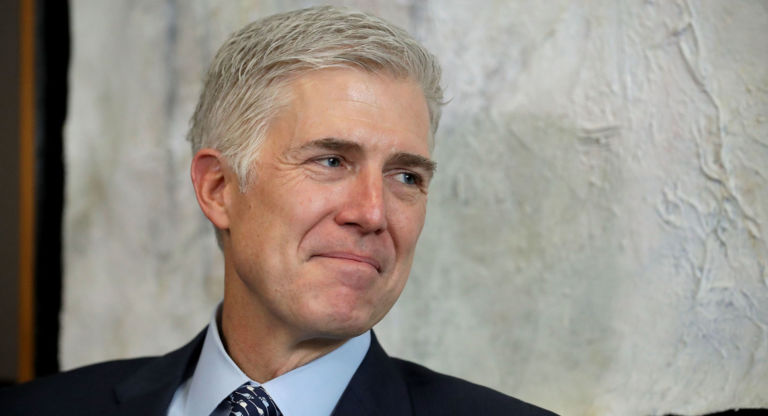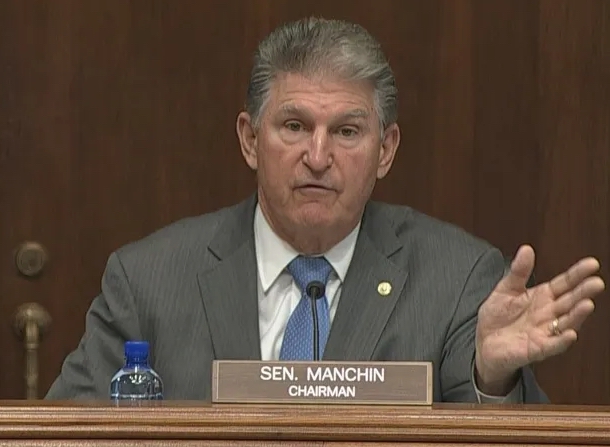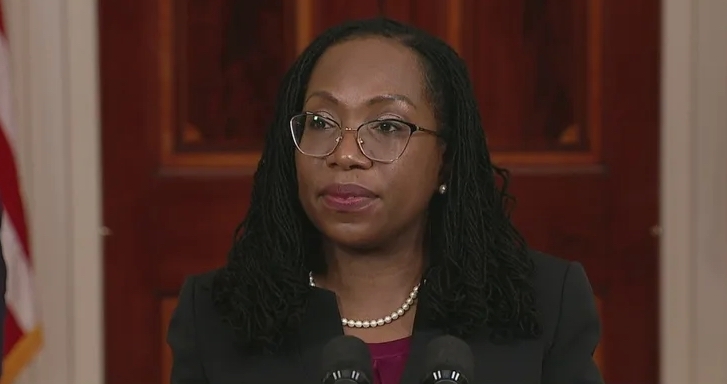Kaelan Deese writes for the Washington Examiner about the U.S. Supreme Court’s slow pace.
Now that the Supreme Court has concluded its oral argument sessions for the term, it must turn around 44 decisions in outstanding cases just ahead of the end of June, marking its slowest opinion output in the past 100 years.
The high court’s major cases that have yet to be decided include the legality of President Joe Biden’s plan to forgive student loan debt, whether to uphold affirmative action in college admissions, and whether the owner of a creative business can deny work for same-sex weddings.
Other important cases related to the environment, immigration, and Native American issues have yet to be decided. Notably, the Supreme Court took up a slimmer number of cases to consider, 59, making the slow release of appeals even more perplexing.
To put the high court’s current pace of 13 cases decided this term into perspective, the justices had already decided 29 cases by May 2 last year.
The dearth of decided cases by May 2 could indicate the justices will follow a similar pattern as last term when they released landmark rulings such as overturning Roe v. Wade and fortifying Second Amendment protections in the final month of the Supreme Court’s term.
Justice Brett Kavanaugh, part of the conservative bloc in the court’s 6-3 Republican-appointed majority, sought to downplay the delay in opinion releases in January, saying he was “confident they’ll all be out by the end of June.”
Notably, the first of 13 decided opinions this term have incorporated at least one of the three liberal judges in the majority opinion offered in each case, though legal scholars say more opinions will likely fall along 6-3 lines as the court’s term heads toward its finale.
“It seems like the court is slowly churning out the least complex decisions as the voting splits are relatively clear with few cases with more than two opinions,” Adam Feldman, founder of Empirical SCOTUS, told the Washington Examiner on April 19.


